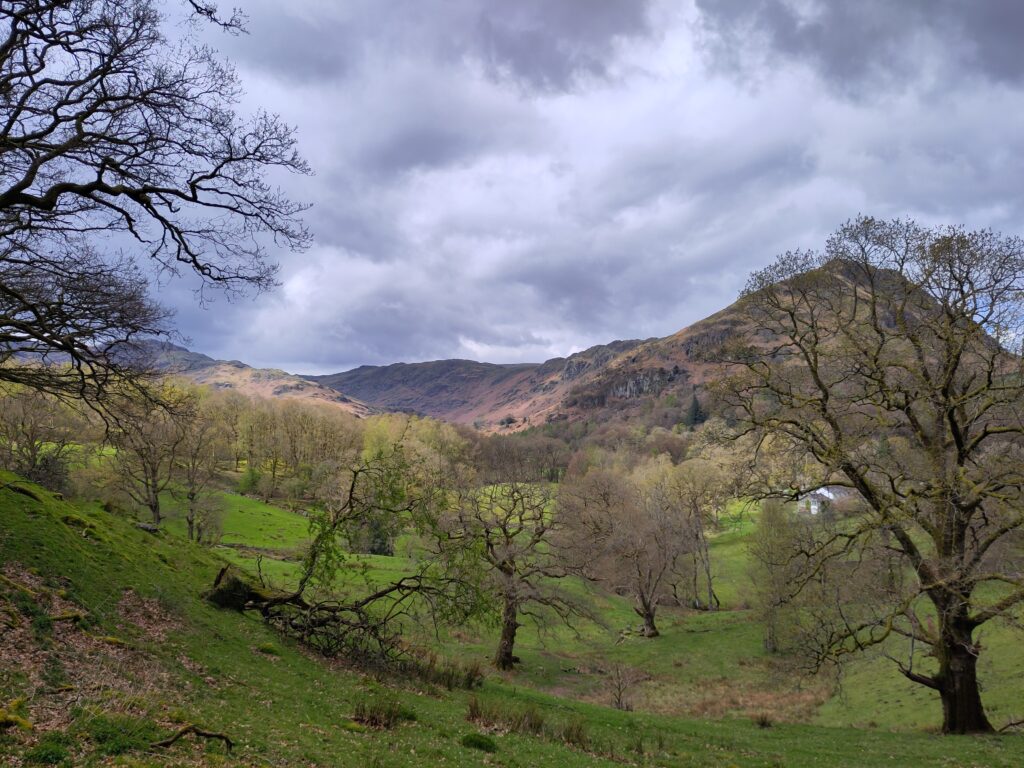Can God be found in the movies? Is it possible to discern the work of the Spirit within such a consumerist and populist art form? Does a theological response to film even have relevance in this secular world of ours?
It is my view that there is still a need for a public space where theological discourse can occur on a popular level, and that film – as Elia Kazan called it, the ‘universal language’ of humankind – is well placed to serve this function. Arguably it is more willing to do so than many traditional religious institutions.
There is a memorable scene in the depression era nostalgia flick, Cinema Paradiso (1988), where a censored film is projected onto the side of a building for the town’s downtrodden citizens to enjoy. It is not only an act of defiance against the conservatism of the church authorities, but it also seems like a liturgical act. The film asks us to regard cinema-going as a collective ritual of social significance, supporting the view taken by theologian Clive Marsh that ‘entertainment is taking the place of religion as a cultural site where the task of making meaning is undertaken’.
Indeed, with its fondness for Christ-figures, religious allusion and iconography, and the persistence of theological themes such as redemption and apocalypse, modern film is full of ‘God-talk’. The following list is by no means exhaustive, but it does suggest some of the ways in which moving image texts might engage a secular audience with the stuff of theology.
It can do this by:
- Translating, adapting and critiquing our religious narratives
- Offering retreat from the distractions of our lives
- Allowing us to be present in the moment
- Helping us to frame and interpret reality
- Witnessing the world’s suffering
- Presenting us with alternative ways of living
- Encouraging attentiveness to the minutiae of creation
- Inspiring in us a sense of awe and wonder
- Giving us glimpses of transcendence
- Exercising our moral imaginations
- Revealing our capacity for good and evil
- Providing an occasion for divine encounter
I’d like to explore some of the religious functions of film in my course, ‘Cinema and Spirituality: finding the sacred on the silver screen’, at Woodbrooke in November.
The Light that Illumines
In the title of his seminal work of literary theory, ‘The Mirror and The Lamp’, M.H. Abrams denotes the two central metaphors of the artistic endeavour. The former refers to the objective representation of outward reality – what the film critic André Bazin calls the purity of the impassive lens – whilst the latter is the illuminating effect of the artist’s response to their inner and outward experiences. I’d argue that both these functions have religious significance. Although we might easily dismiss modern cinema as mere entertainment, concerned only with profit and conveying ‘worldly’ values, Abram’s theory might help us to consider film as a medium of theological importance, capable as it is of representing both vivid mimetic realism and intense experiential subjectivity.
For example, the frenetic pace of the opening scene of Fernando Meirelles and Kátia Lund’s Cidade de Deus (2008) captures both the dangerous madness and the raw vitality of life in the favelas of Rio de Janeiro. We see a panicked chicken, fleeing the butcher’s knife, chased through the streets by gun toting child gangsters. Their leader encourages pursuit amidst sadistic bursts of laughter, and his soldiers joyfully comply. The bird is a cipher for the fate of the innocent in a fallen world. We hope for her safety, but we fear her seemingly inevitable end. We understand how this foreshadows the action to come. The film’s protagonists are also innocents trapped in a world of violence and suffering beyond their control. They will either be corrupted by its allure or be crushed by the randomness of its cruelty, and even though western audiences may be somewhat cushioned from such a world, this is also our condition. The film is paradoxically both compelling and disturbing because on the one hand it confronts us with a realistic representation of a vibrant and alien world, whilst on the other it provokes in us one of our deepest metaphysical fears, that we inhabit an apathetic universe from which there is no possibility of escape.
The Prophetic Voice
Part of film’s meaning-making function involves being a prophetic voice in the world. Old Testament scholar, Walter Brueggemann explains that the prophet’s role is,
‘to tell the truth in a society that lives in illusion, grieve in a society that practices denial, and express hope in a society that lives in despair.
Darren Aronofsky’s dark environmental allegory Mother! (2017) follows a narcissistic poet whose need for adulation leaves his muse wife increasingly vulnerable to the violence of his zealous fans. The director’s reworking of biblical tropes – creation, paradise, temptation, apocalypse – offers audiences a kind of secular parable contained within the conventions of a house-invasion genre film. Javier Bardem’s poet is the Creator-Father-God whose destructive relationship with Jennifer Lawrence’s Nature-Mother-Spirit provides a visceral meditation on the Judeo-Christian theology of dominion. It is as powerful and as prophetic an indictment as any work of eco-theology since Lyn White Jnr’s foundational essay of 1967, ‘The Historical Roots of our Ecologic Crisis’.
Whilst Aronofsky’s work is nihilistic, we might look to Frank Darabont’s beloved prison drama, The Shawshank Redemption (1994) for the possibility of hope in a world of suffering. In one scene, Tim Robbin’s convicted murderer, Andy Dufresne, breaks the warden’s rules and broadcasts ‘The Marriage of Figaro’ throughout the prison. As the camera pans across row after row of hardened criminal, both character and audience are transfixed by the beauty of the music. In that moment all can experience the power of great art to transcend the profane. For the briefest time the eternal breaks into the present, ugliness is transformed into beauty, and the captive are liberated. As the narrator explains,
‘I have no idea to this day what those two Italian ladies were singing about. Truth is, I don’t wanna know. Some things are best left unsaid. I’d like to think they were singing about something so beautiful it can’t be expressed in words, and it makes your heart ache because of it. I tell you those voices soared, higher and farther than anybody in a grey place dares to dream. It was like some beautiful bird flapped into our drab little cage and made these walls dissolve away, and for the briefest of moments, every last man in Shawshank felt free.’
Knowing by experience
Film does not work in the same way as an essay or a novel. It is an altogether more experiential medium. Take, for example, how Godfrey Reggio’s experimental Koyaanisqatsi (1982) juxtaposes image and sound without a narrative voice to anchor its meaning. Music-like, its form and style alone create a vision of life that is felt before it is understood. As the extended montage progresses the audience becomes aware of itself as occupying a liminal space. Subjectively we are experiencing images of a world ‘out of balance with itself’, whilst the camera’s elevated and objective eye and its Philip Glass soundtrack – sometimes intrusive, sometimes sympathetic – are suggestive of the mystical sense of something both within and beyond the material fabric of that reality.
The source of Love and Truth
With its commercialism, reliance on form and convention, and with its veneration of the image, Friends might be justified in cultivating a suspicion of popular cinema. However, I think that films remind us that the world is full of meaning, significance and mystery, and that they offer us opportunities for authentically spiritual experiences. In the words of Andrei Tarkovsky, a true genius of the medium,
…art, like science, is a means of assimilating the world, an instrument for knowing it in the course of [humanity’s] journey towards what is called ‘absolute truth’.
‘Cinema and Spirituality: finding the sacred on the silver screen’, 2 – 4 November at Woodbrooke.



